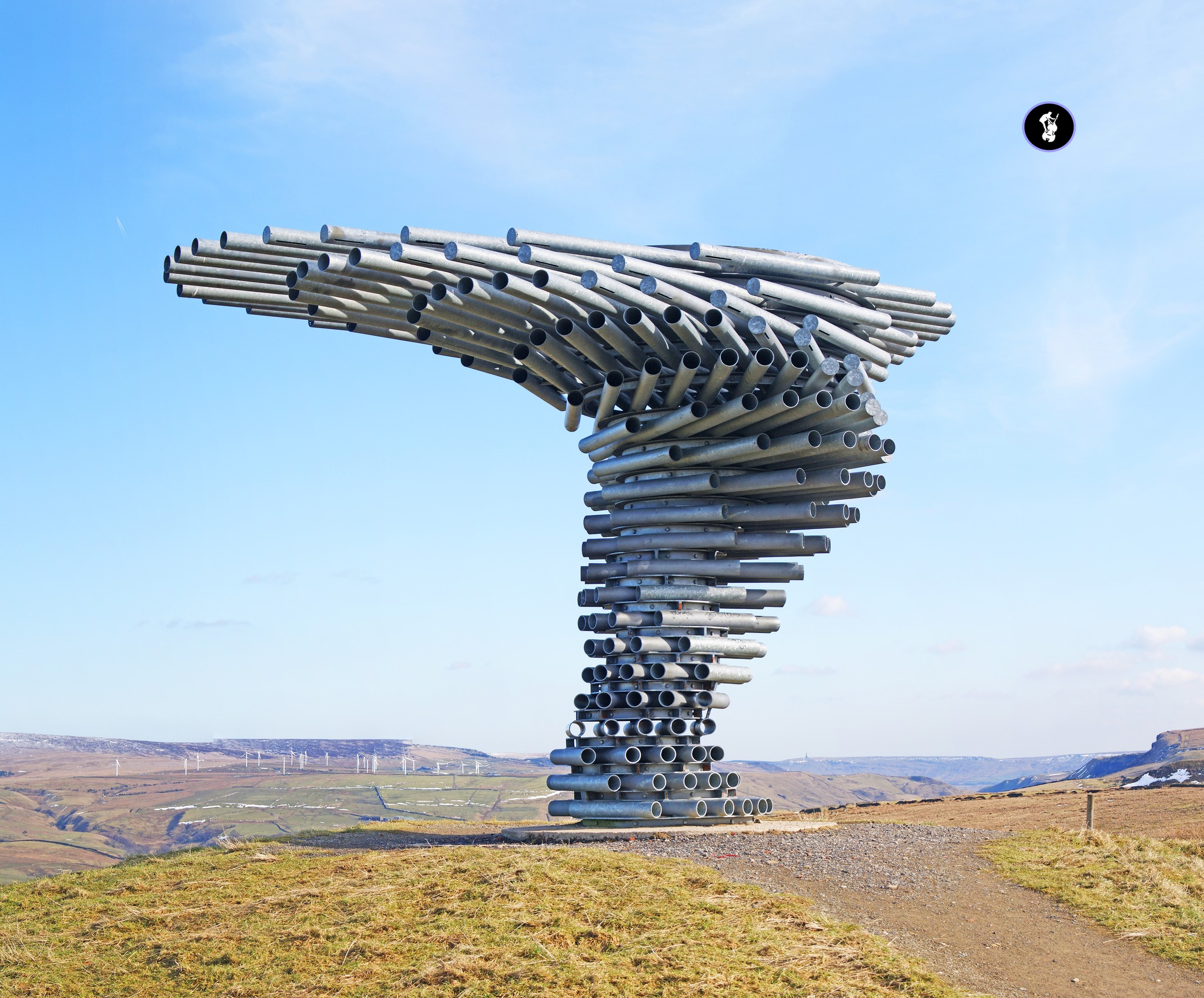Listen To This Aeolian Harp Sculpture That Sounds As Weird As It Looks

The Aeolian Harp: A Musical Instrument Played by the Wind
Musical instruments have been a part of human culture for thousands of years, but not all of them require a person to play them. One of the most fascinating examples is the Aeolian harp, also known as the wind harp. Unlike a traditional harp, which requires a musician to pluck or strum its strings, the Aeolian harp is played entirely by the natural force of the wind.
Named after Aeolus, the Greek god of the wind, this unique instrument has been admired for centuries. When placed on a windowsill, a balcony, or outdoors in a breezy area, the wind moves across its strings, causing them to vibrate and create hauntingly beautiful sounds. The result is a mysterious and ethereal melody, completely shaped by nature.

The Ghostly Music of the Aeolian Harp
Unlike the structured tunes of a regular harp, the Aeolian harp produces an unpredictable, eerie harmony. The way the wind changes direction and speed affects the notes that emerge, making each performance completely unique.
Some people describe its sound as whispering voices, ghostly wails, or even the music of spirits. Others say it feels like a siren’s call, as if luring listeners into a trance. This supernatural quality has made the Aeolian harp a favorite among artists, musicians, and even those interested in the paranormal.
Because of its mesmerizing sound and its often stunning designs, Aeolian harps are popular in art installations and outdoor sculptures. Two particularly famous examples stand out:

The Singing Ringing Tree: A Sculpture That Sings in the Wind
One of the most remarkable wind harps in the world is the Singing Ringing Tree, a breathtaking sculpture that sits on a hill overlooking Burnley, Lancashire, in England. Designed by architects Mike Tonkin and Anna Liu, this incredible installation is made of curved metal pipes, carefully arranged to catch the wind.
As the air moves through the structure, it produces a low, haunting melody that fills the surrounding landscape. Whether you visit on a gentle, breezy day or during strong gusts, the sounds change, creating a different musical experience each time. The Singing Ringing Tree has won multiple design awards, and its otherworldly music and striking appearance make it a must-see for travelers and music lovers alike.
San Francisco’s Wind Harp: A Monument to Nature’s Music
Another incredible example of an Aeolian harp can be found in San Francisco, California. Located on a pier by the bay, this massive harp was built by artist Doug Hollis to harness the powerful ocean winds. As gusts rush through its towering structure, they generate deep, eerie tones that echo across the water.
Visitors often describe the sound as both beautiful and unsettling. Some say it resembles a choir of spirits, while others liken it to the siren songs of mythical sea creatures. One YouTube commenter even joked, “It sounds like the harp of the sirens luring sailors to their doom!” Whether you find it enchanting or eerie, there’s no denying that this massive wind harp is an unforgettable experience.
A Hidden Gem in the World of Music
In today’s world, where we have 24-hour music streaming, endless YouTube performances, and orchestras available at the touch of a button, we might think we’ve heard it all. From Mozart to Motörhead, we have access to every genre and style imaginable.
But every now and then, we discover something truly surprising—an instrument that doesn’t need a musician at all. The Aeolian harp plays day and night, guided by the natural rhythms of the wind, offering a rare and magical form of music that reminds us just how mysterious and beautiful the world can be.
If you ever get the chance to experience an Aeolian harp in person, don’t miss it! Whether it sends shivers down your spine or fills you with awe, one thing is certain: it’s an unforgettable encounter with the music of the wind.